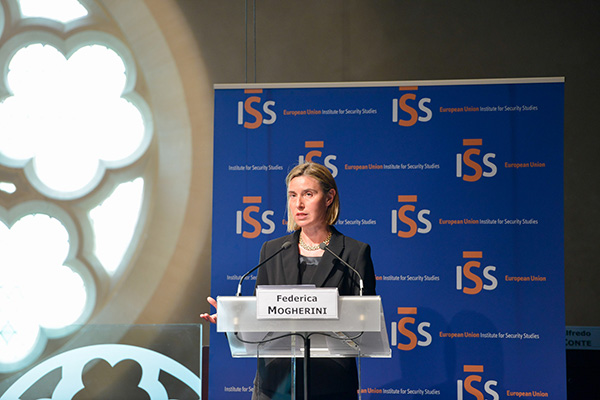Original version in Spanish: La defensa europea entre la Estrategia Global y su implementación
Introduction
The High Representative of the EU for Foreign Affairs and Security Policy, Federica Mogherini, unveiled her Global Strategy for the EU’s Foreign and Security Policy (henceforth the Strategy) at the European Council on 28 June 2016. It had been commissioned a year earlier, when neither the members of the Council nor the High Representative herself could have foreseen that its delivery date would coincide with the British decision to leave the EU. The unfortunate timing meant that its reception was somewhat muted, in stark contrast to the warm welcome given to the first European Security Strategy in 2003.
It was not the first time that a review of this sort has arrived at an inopportune moment. The same thing happened in 2008, when the French President of the European Council proposed overhauling the 2003 strategy and could only present a Report on the Implementation of the European Security Strategy to the European Council in December 2008, owing to an accumulation of unfortunate circumstances such as the Irish referendum on the Treaty of Lisbon, the war between Russia and Georgia and the financial crisis. But even in those circumstances, the European Council gave its formal backing to the report and issued a complementary declaration in order to underpin what was then known as the European Security and Defence Policy (ESDP) and to set the EU’s level of military ambition. This time, by contrast, the European Council confined itself to welcoming the Strategy and asking the Council, the Commission and the High Representative to develop it further.
The implementation of the Strategy comes at a time of highly adverse political, economic and social circumstances for the process of European integration, so that its development is not solely reliant on the content of the document or the determination of its backers. The present working paper therefore seeks to analyse the first part of the life-cycle of the Strategy, from its submission to the European Council in 2016 to the review of its implementation by the European Council in December of the same year. Only the content and developments that affect security and defence and are listed in the Index will be dealt with in this working paper. These are not the only or most important ones for the project of integration, but they are those that will make the most of the Strategy in the process of creating a path that has been mapped out for quite some time.
Félix Arteaga
Senior defence and security analyst at the Elcano Royal Institute | @rielcano



